artworks, artists and exclusive offers. Sign up now
[INTERVIEW] Interview with SAGE SZKABARNICKI-STUART
February 19, 2021
By Kuni Shim
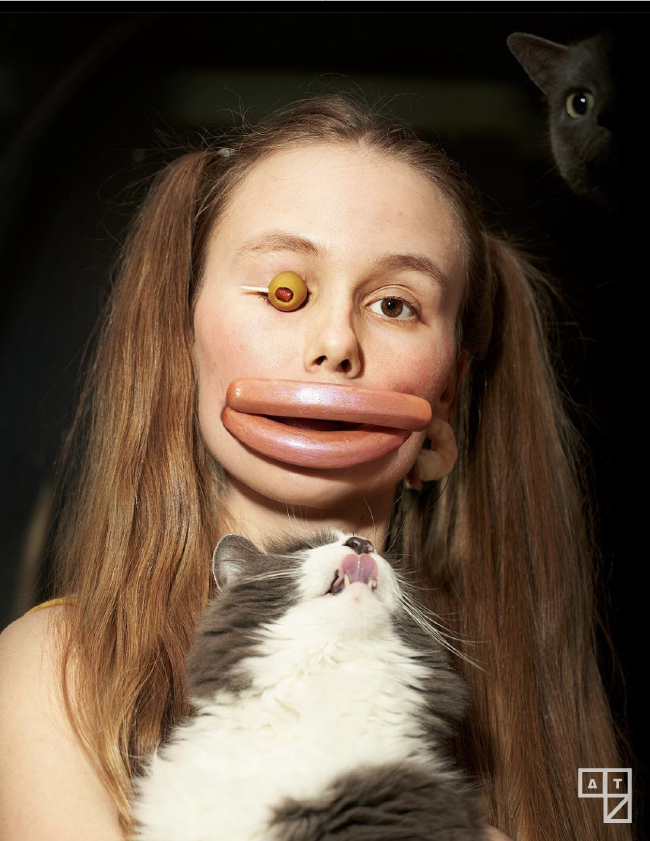
SAGE SZKABARNICKI-STUART, Influencer. 24x30” ed. 1/10
Can you tell us about the process of making your work?
It meanders a bit from making series to doing individual images that describe moments or experiences in my life. I usually have to reshoot at least three times, it always takes me about a month to get the right shot alongside other things I have to do.
Have you had a decisive moment to become an artist?
I printed my work for
the first time in 2018. Once I realized
that there was a market for it was when I started to see my work as more than
just something to share with friends on social media.
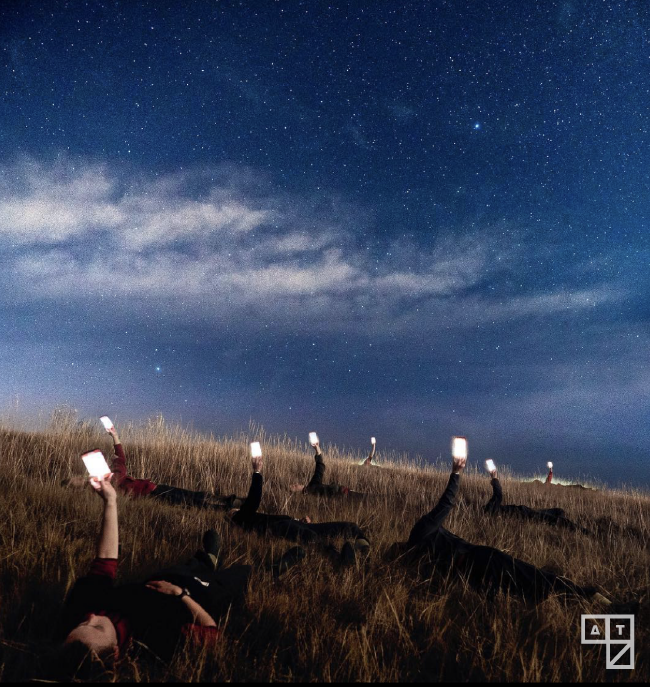
SAGE SZKABARNICKI-STUART, Big Sky. 24x24” ed. 6/10, 16x16” ed. 5/25
What is the biggest
advantage of creating artworks as a photographer based in Canada?
I don’t know what it’s
like being a photographer in other countries. I appreciate the fact that in Canada, it’s safe and the infrastructure,
like roads, are in reliably good shape. Once COVID-19 hit had supply chain issues which can make acquiring set
building materials and photography equipment difficult, but hopefully this is
temporary. Overall I think that Canada
is a dependable country which makes it easy to plan shoots and such.
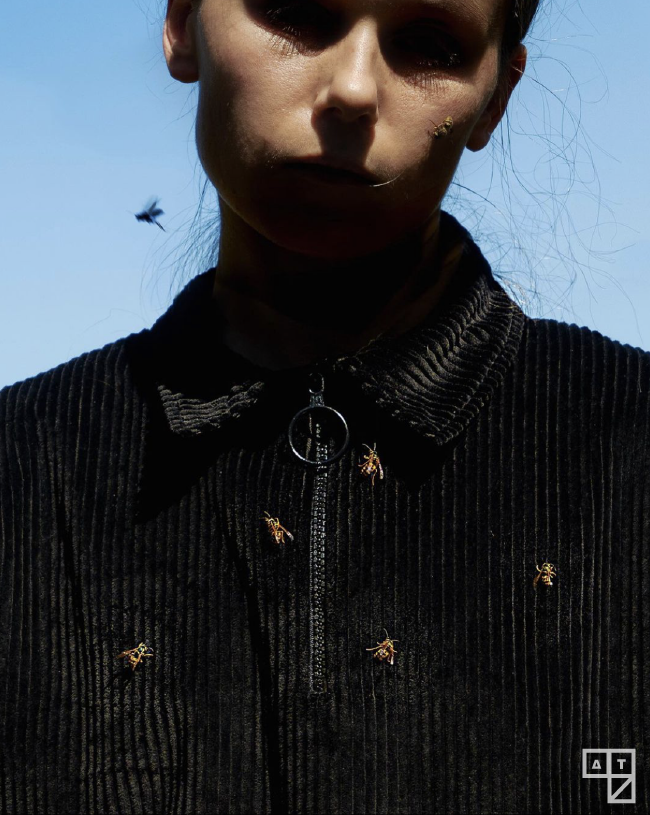
You said that the
struggle with making human relationships made you focus on communing with
yourself and animals. How the communication with yourself and animals gives you
help?
Animals are good
companions because they are very upfront with how they’re feeling and what
their needs are. Animals have taught me
to ask questions instead of trying to guess how other people feel.
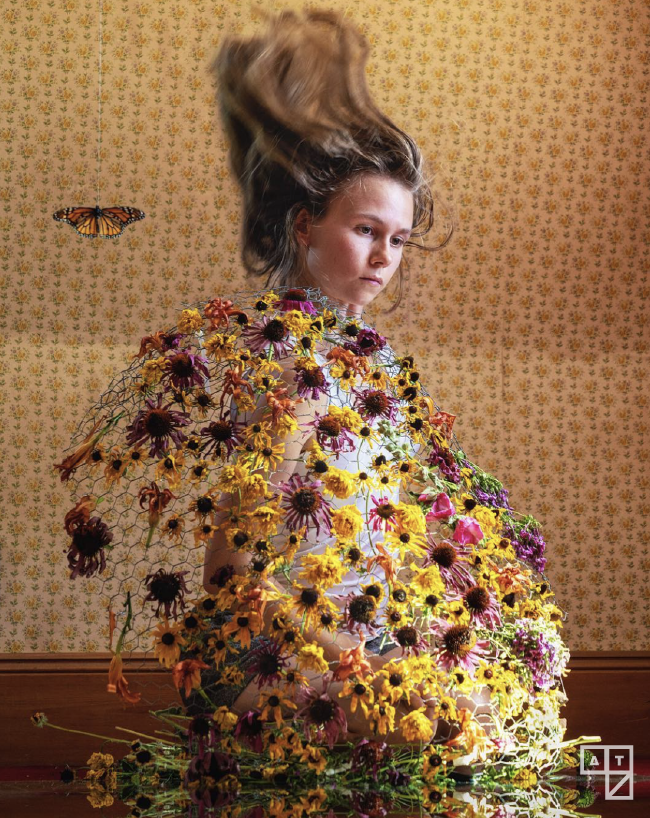
It seems you studied animation in university. When and why did you decide to be a photographer?
I just fell in to
it. My friend worked with an Instagram
model who would occasionally ask me to travel with her to take pictures for her
social media. I didn’t have any real
photography experience beyond knowing camera basics and she would bring me
along based on my artistic ability (understanding composition and lighting,
through my work as an animator) and because I had an easy going
personality. I just got used to using
the camera and kept using it for self-expression. I only became a professional photographer
because enough people wanted to buy my prints to justify dedicating all my time
to the profession.
Your works convey brand
new harmonies and interesting perspectives through the unexpected combination of the materials that we can find easily in our
daily life. How did you come up with the intriguing idea of
creating a new combination?
I like to look around my immediate surroundings and find a unique perspective or way to look at otherwise mundane items. I am constantly trying to combine everyday household items and animals in such a way that exemplifies harmony. It comes from my personal experience of being poor after finishing university, and having to find self-worth in ways other than through financial success.
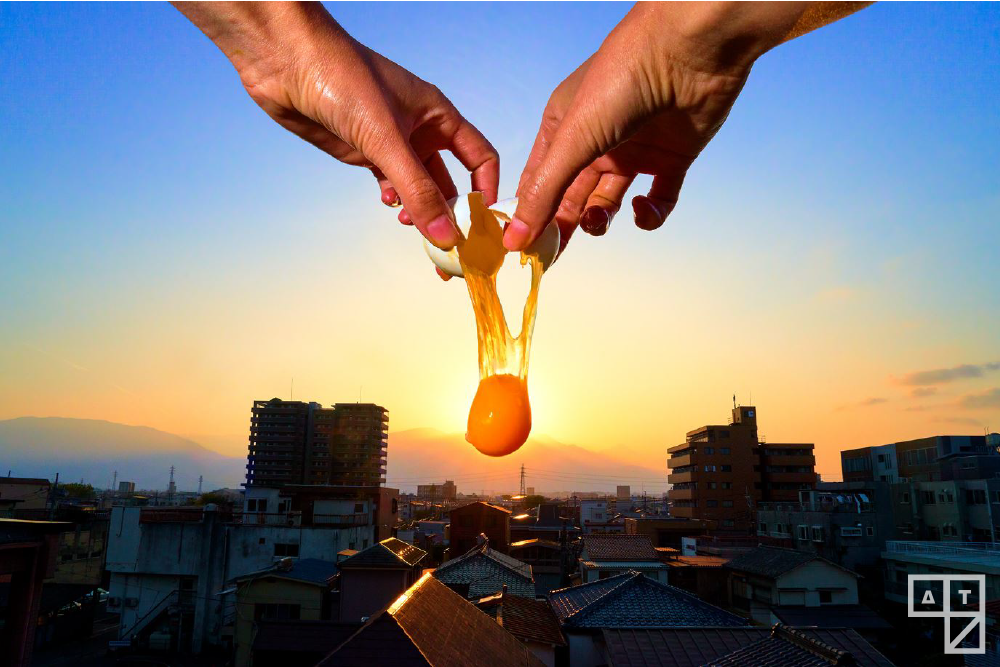
The intense colors and contrast seem to play a great role in your works. Is there a special meaning of color in your work?
I use contrast and colour to direct the eye or sometimes to convey mood. Personally I’m’ not very interested in colour in day to day life, I am more interested in action and how things are composed in a scene rather than the colours.
The central question of your work is “What defines a place as home?” What does ‘home’ mean to you?
I have moved too many times to count, across multiple cities, and have had to define a home as something other than a specific location, group of friends/family, or house/apartment. To me home is an abstract idea and a mindset you ascribe to a place or a set of objects. When you have to move around a lot, personal belongings become very important in defining who you are. That’s why I focus on objects so much in my work.
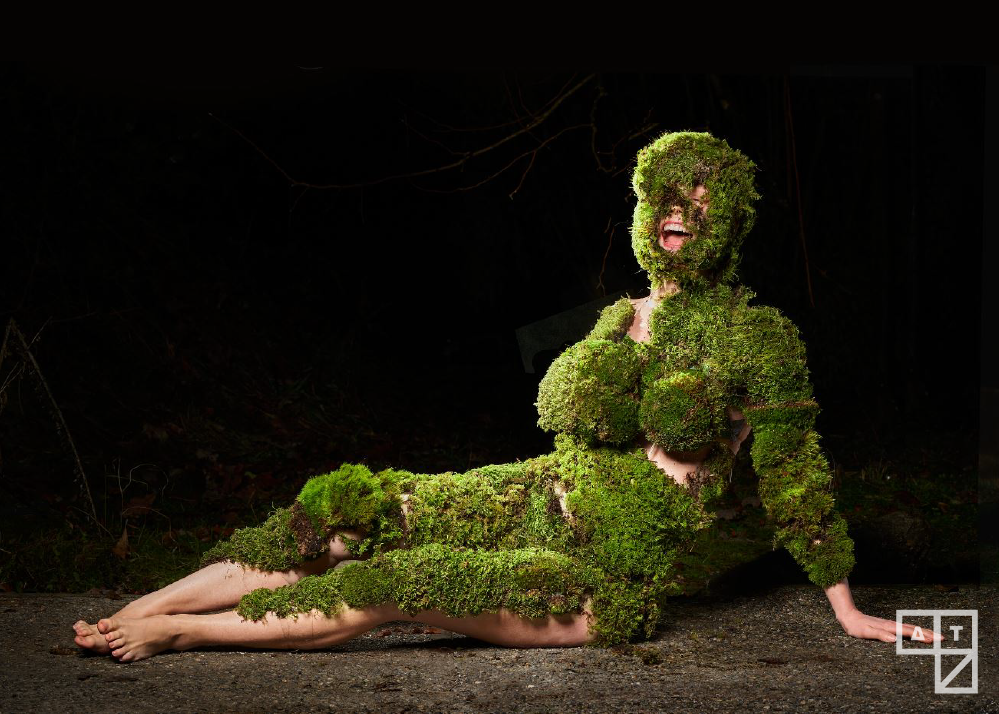
SAGE SZKABARNICKI-STUART, Marylin Monroe.
Camera is usually used
for capturing the moment and conveying reality. However, your works convey
surrealistic parts through the camera. In that sense, what does the camera mean
to you?
I think that all
photography is fabricated.
Photojournalism can give a false sense of accuracy, but if you ask any
news editor what they think, they’ll tell you that what the photographer
chooses to shoot and how the selection of images is narrowed down will dictate
the tone and overall message of a photojournalism story. On the other extreme you have painting and
find art photography which are explicitly labelled as staged or fabricated,
which is very obvious to the viewer. So
to answer your question, a camera is a storytelling device that is prone to the
same flaws as any other medium. The
difference is that the general public perceives photography to be somehow more
accurate or ‘truthful’ than, say, drawing, when it really isn’t.
You said you enjoy
working alone, so have you ever had a hard time working alone? What are the
advantages of working alone?
You have unlimited freedom to do whatever you want when you’re working alone. On the other hand, you also don’t get the inspiration and feedback that you’d get by working in a group. I can go out at any time and on any day of the week to do a photoshoot if I’m working alone. A lot of the time, shoots would run smoother if I had an assistant, but I can’t afford one and my friends are understandably unlikely to get up at 4 am every day for two weeks in the dead of winter to help me do a shoot for free. I am OK sacrificing the benefits of working with others on a shoot in order to have the freedom of working alone.
How do you think social
media affects the art field?
Personally I find Instagram accounts to be a great source of
inspiration. I love the immediate and continuous
flow of content that social media provides. I’ve even made real-world friends with other artists and photographers
through Instagram. Social media is of
course designed to be addictive, and there’s lots of content on there that is
toxic, but if you’re aware of this then you can prevent yourself from falling
prey to it. I personally don’t take
social media very seriously and post work because I like the feedback and
because it occasionally generates print sales. I don’t spend energy on trying to grow my follower count because I have
done just fine without a big following, so why bother when I can use that time
to work on my photography?
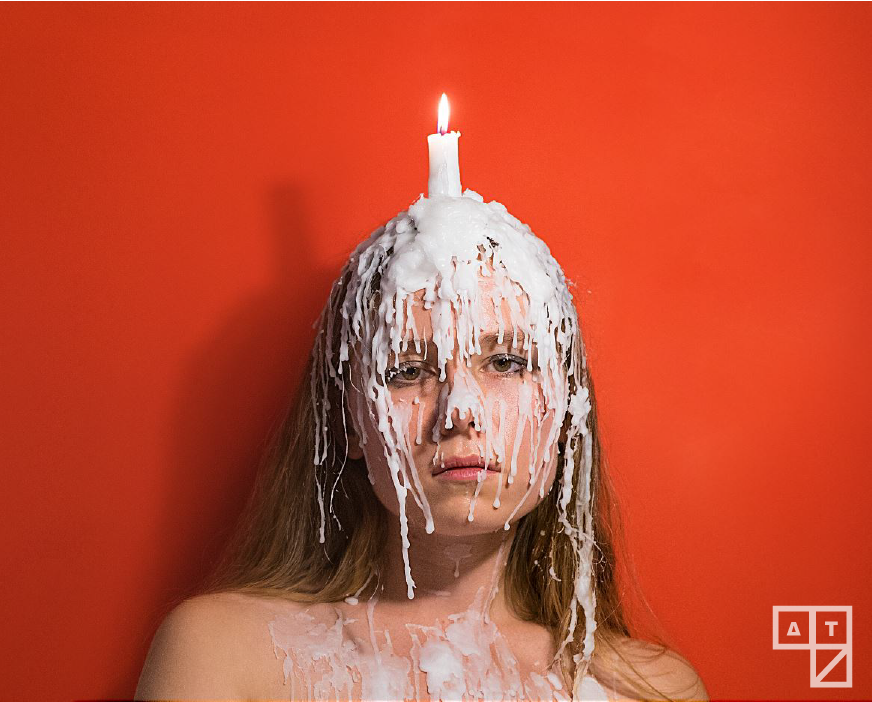
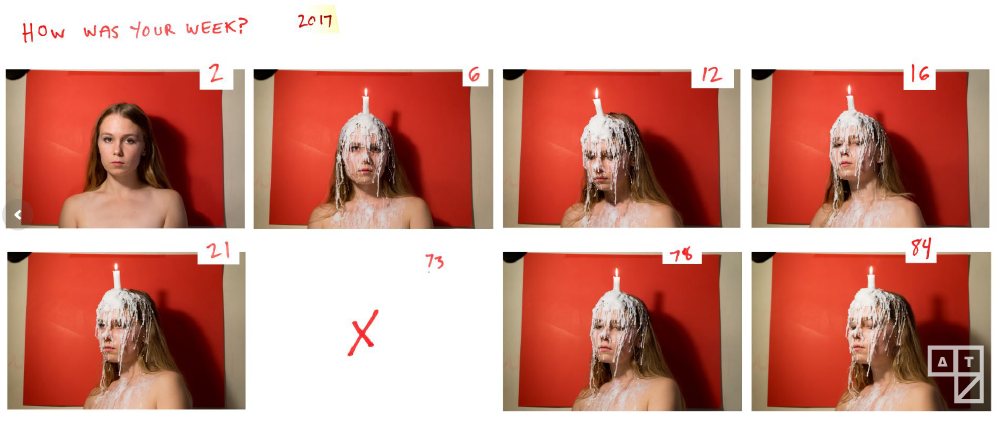
Is there one particular image you’ve taken that you’re most proud of or
close to? Why’s that?
‘How was your week’ was the first image where I really felt like I
articulated exactly what I was feeling at the time. I had come back from a trip with the
Instagram model I worked for and had come to the realization that I wasn’t cut
out to be involved with the ‘social media influencer’ world. I was burnt out and feeling depressed, but
also knew that in the end my life was still fine and I shouldn’t take myself so
seriously. I’m proud of the photo
because it summed those feelings up into one image perfectly and because the
execution was unique and reasonably well done.
What kind of artist do you want to be
remembered as?
I haven’t achieved this yet, but I want to be remembered as someone who made ideas related to pollution and environmental stewardship accessible and relatable.
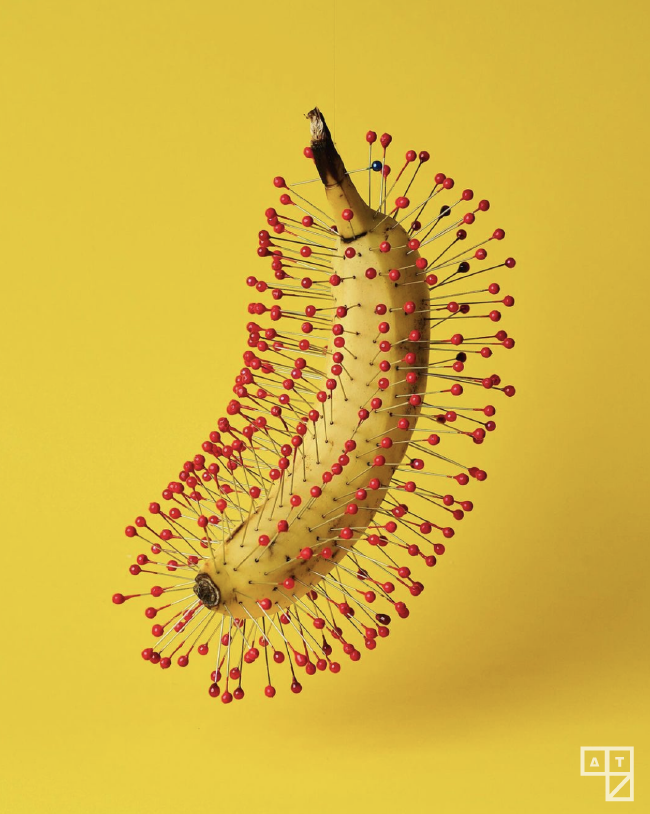
SAGE SZKABARNICKI-STUART, Apartment.
Is there a new genre or expression technique
you want to try?
In university I studied
3D model-making and I would love to get back into that, creating 3D scenes and
combining photography with 3D design.
What is your dream
project?
Making a rap song beat
using just sounds from the amazon rainforest.
Is there an artistic
goal that you would ultimately reach through your work?
Taking crazy photos of
people I admire instead of just using myself as the subject.
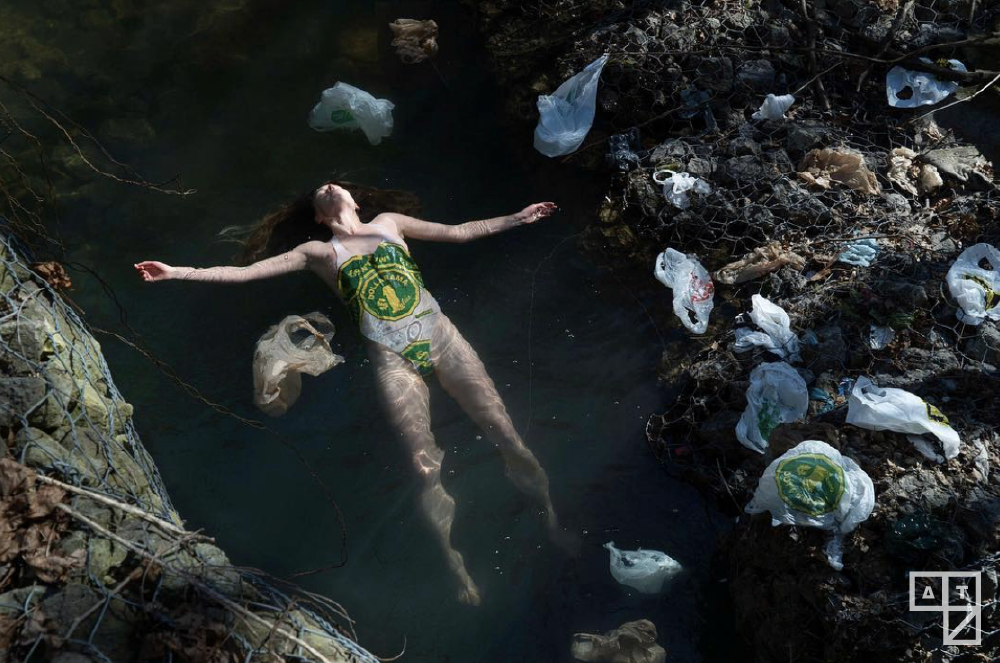
SAGE SZKABARNICKI-STUART, Urban Stream.
What can we expect from
your next works?
More collaborative stuff. I’m really trying to connect with others and use the skillset and style I’ve built over the years to promote ideas and people who are positive, productive, and who I generally just think are great people that I want to do something nice for. Less self-portraiture, it’s still going to be a thing I do, but I have the confidence now to finally ask other people if they would like to be in the pictures
Thank you so much for
taking the time for the interview. Would you like to say something to the
readers of Art Terms Magazine?
Whenever
you see litter, pick it up and put it in the trash!
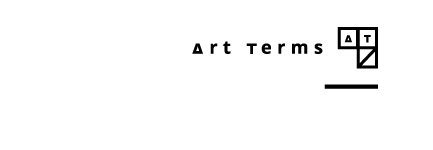
| Prev | [NEWS] Edvard Munch wrote hidden ‘madman’ message on ‘The Scream’ |
|---|---|
| Next | [NEWS] Brancusi Sculpture Can Be Vanished From Paris Cemetery After Legal Battle |
| List |